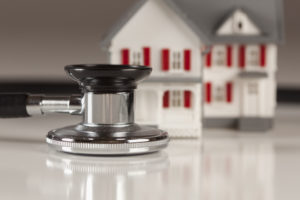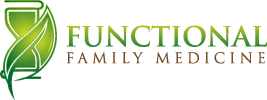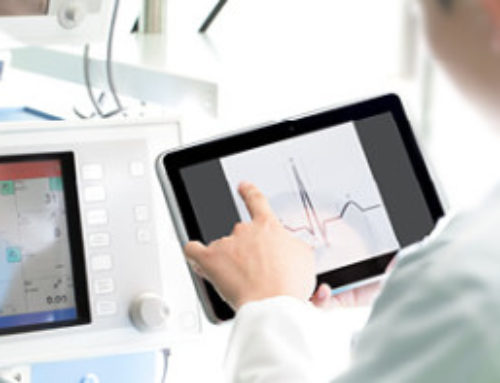
Last month when my nine-month-old daughter had an ear infection, a fever and had stopped eating, it was me shuffling her into the pediatrician’s sick room. Good news, however, for those of us who aren’t in love with leaving our beds or getting our children out of bed when illness strikes: House calls may no longer be a thing of the past.
In recent months, major media outlets such as The New York Times, U.S. News and World Report and National Public Radio ran stories on doctors who make house calls, and the consensus among care providers interviewed is that the house call is making a comeback.
Aging Patients
According to U.S. News and World Report, in 1930 house calls made up about 40 percent of all doctor-patient interactions, but by 1980 that number was down to 1 percent. My mom has childhood memories of my uncle throwing a screaming fit in the next room of their house when the doctor, who was visiting their home, had to give my uncle yet another shot to treat his persistent ear infections.
News reports say that as the baby boom population continues to age, doctors must prepare for a spike in the number of elderly patients they see, and house calls can make life much easier for patients who are infirm and struggle with mobility. Additionally, the advent of compact, portable medical equipment means providers can perform a wider range of medical services in a patient’s home.
So, the way medicine is headed, my mom and uncle, both baby boomers, may be part of the generation that receives medical care from the comfort of their homes, just as they did when they were children.
Smart Phone Apps
In May, The New York Times ran a story on the myriad smart phone apps patients can use to order up medical care straight to their door steps. The Times likens one app, called Heal, to the on-demand car service Uber. Like Uber, patients link their accounts to a credit card. For $99, patients can have a doctor show up at their home to treat certain ailments, provide flu shots and stitches and write certain prescriptions. For an extra $19 the health care providers will pick up prescriptions as well. For now, Heal is available only in San Francisco and Los Angeles, but its developers say it’s set to roll out in another 15 cities by the end of this year. A similar app service, called Pager, caters to patients in New York City.
If patients want their insurers to cover these services, they must file with their insurers themselves. The drawbacks to apps such as these are obvious. A steep fee gets patients one house call visit. Patients are responsible for filing insurance paperwork on their own, and there is of course no guarantee the insurers will cover the house call visit.
FFM Leads the Way
At Functional Family Medicine, patients who are too sick to come to the office can have a medical care provider come to their home at no additional charge. This service is included in the monthly membership fee, which is less than the cost of one house call using the Heal smartphone app, and is as low as $19.95 per month for children. Patients never need to deal with insurance paperwork when receiving services from Functional Family Medicine and the medical practice is currently accepting new patients.







